ENCOUNTER ARGENTINA'S NORTHWEST
Authentic South American Experiences For Your Clients Request A Quote
Northern Argentina is often overlooked when it comes to tourism, but Salta, the jewel of the north, offers guests a very different side of the country.
Salta is the biggest city in the Northwestern region of Argentina, and with its balmy climate and attractive colonial architecture it effortlessly lives up to its nickname, La Linda, meaning ‘the beautiful’ in Spanish. It is without a doubt one of the most well-preserved colonial cities in all of Argentina, and it’s pretty streets are dotted with beautiful architecture and interesting museums. Salta’s many alfresco bars make the most of the summery climate and create a lively folklorico music scene around the city.
As well as being a destination in its own right, the city of Salta is the perfect base from which to visit the rest of the northwest of Argentina, with many of its most famous sights within easy reach. This is also the place to soak up the distinctive culture of the north, with traditional craft markets, interesting cuisine and a lively local music scene, including dance and music and a contemporary folk scene which goes on late into the night. With its colonial plazas where you can while away an afternoon sipping a glass of the local torrontes wine, to grand churches and museums for exercising the mind, as well as nightlife to rival that of Buenos Aires, Salta is a firm favorite of ours.
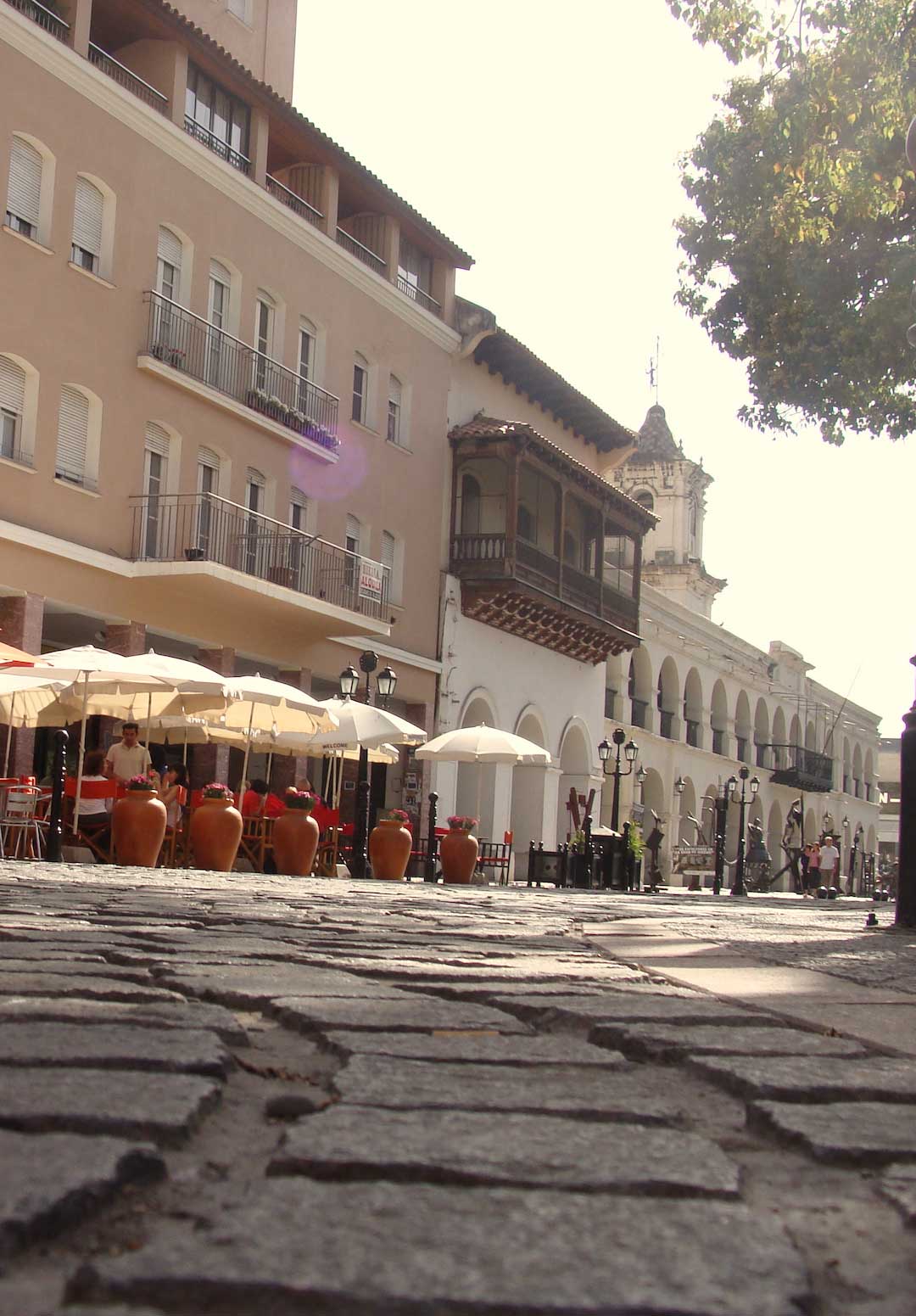
hidden treasures of indigenous northwest
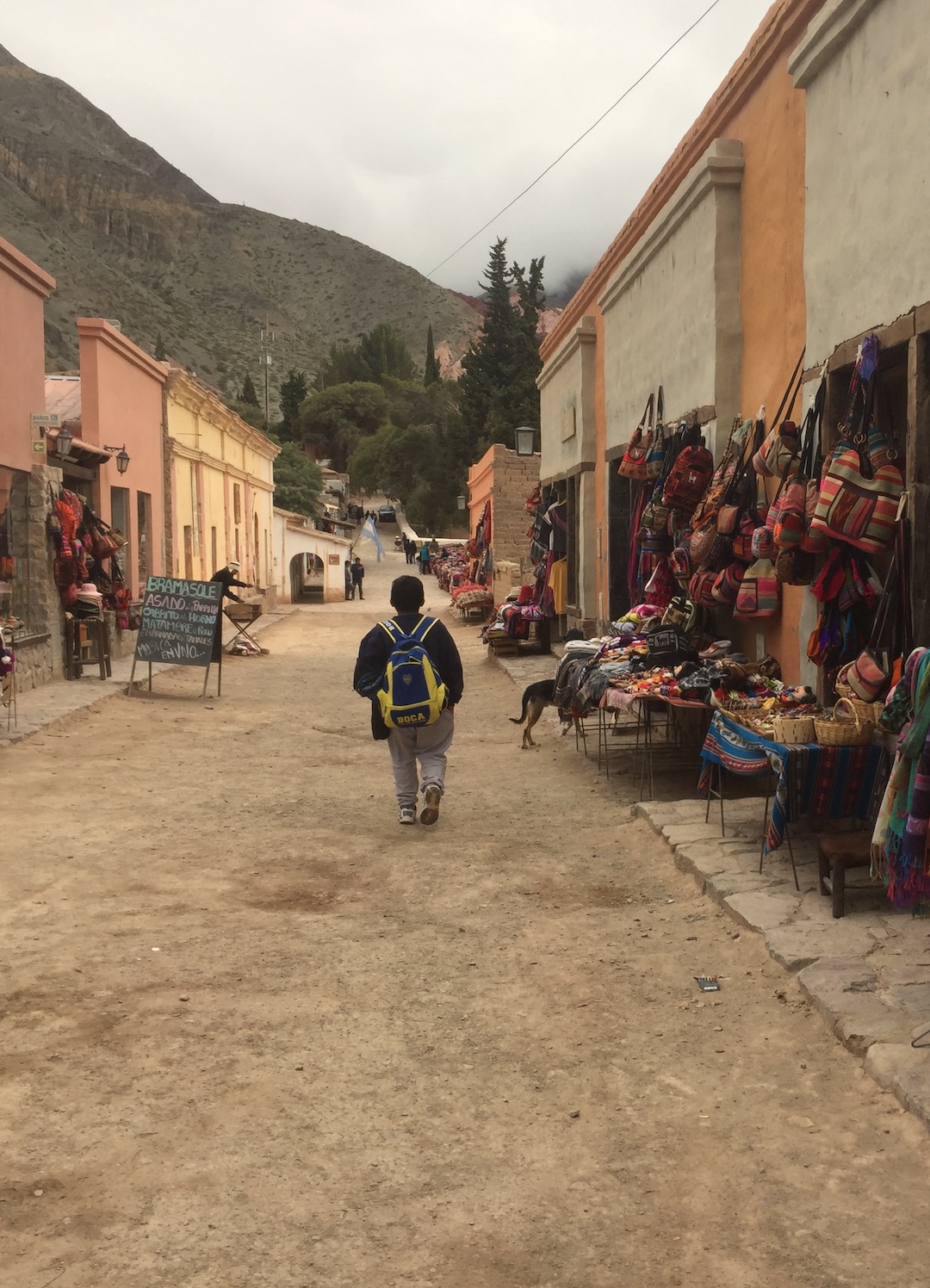
Cafayate is home to the up-and-coming Torrontes vineyards, which are unique to this region and produce a refreshingly light white wine, the charming colonial town of Cafayate is firmly on the map for wine enthusiasts. The town and its surroundings are dotted with wineries where visitors can taste a delicious range of wines, some of which are not currently exported (there’s some wine tasting kudos for you right there!). As well as the crisp Torrontes white, there are many excellent reds produced here, so there’s something to suit every palette. The town itself has a lovely laid-back and small-town feel with a pleasant central plaza where you can dine al fresco on regional specialties. It’s especially atmospheric after nightfall when the outdoor restaurant tables are lit by candle light.
North of Salta lies Jujuy offering some of the most stunning landscapes in all of Argentina. A one day’s drive will take you through 400 year old cacti forests, beautifully preserved colonial villages, expansive salt flats and rocky mountain faces swirled with a rainbow of colors. The region is also one of the most traditional in Argentina, and one of its poorest. The locals keep alive many of the country’s oldest traditions and you can find highly skilled craftsmanship here, as well as tiny villages where the locals wear traditional Andean dress and host some of the liveliest folk festivals and celebrations in Argentina.
build your clients trip with our experts


WHAT NOT TO MISS IN SALTA

The City of Salta
Salta is the largest city in the northwestern region of Argentina. With its balmy climate and attractive colonial architecture, it effortlessly lives up to its nickname, La Linda, meaning ‘the beautiful’ in Spanish. It is undoubtedly one of the most well-preserved colonial cities in all of Argentina, and it’s pretty streets dotted with beautiful architecture and fascinating museums. Salta’s many alfresco bars make the most of the summery climate and create a lively folkloric music scene around the city.
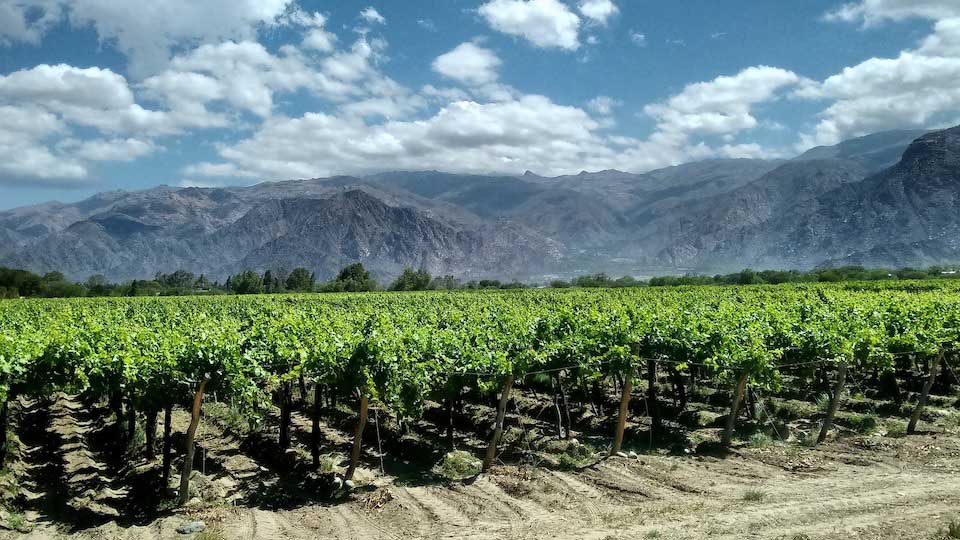
Cafayate
Home to the up-and-coming Torrontes vineyards, this wine is unique to this region and produce a refreshingly light white wine. The charming colonial town of Cafayate is firmly on the map for wine enthusiasts. The town and its surroundings are dotted with wineries, where visitors can taste a delicious range of wines. Heading just outside of the town center, you run into an adventurer’s paradise with hiking options, biking, and horseback riding down dramatic gorges and around pristine waterfalls.
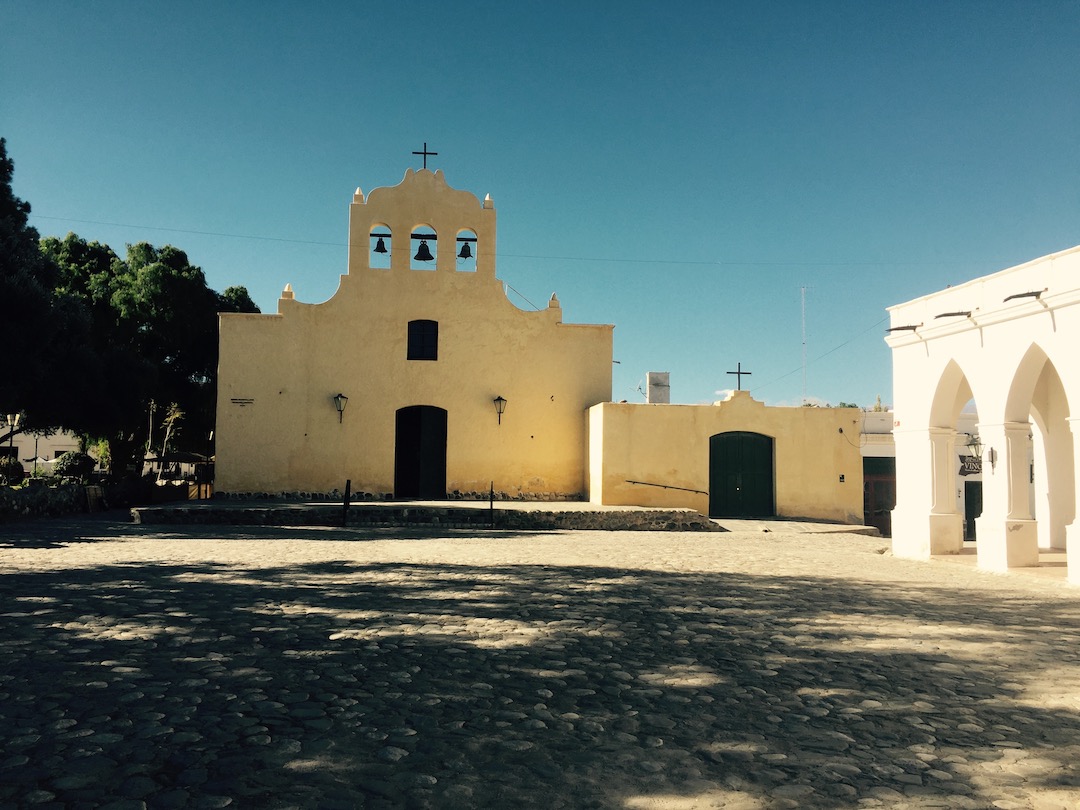
Cachi
Cachi is a highlight itself. 157 kilometers away from Salta City, this is a frequent first stop in the Valles Calchaquíes Route. A small village at the foot of 6,270 meters high Nevado Mount seduces visitors with simple stone streets, small colonial constructions, and an imposing sight of mountains worldwide. Not so long ago, Cachi was a closed private property, until 1946, when the State expropriated 10 hectares of the land and expanded it into small streets called ‘the new town.’
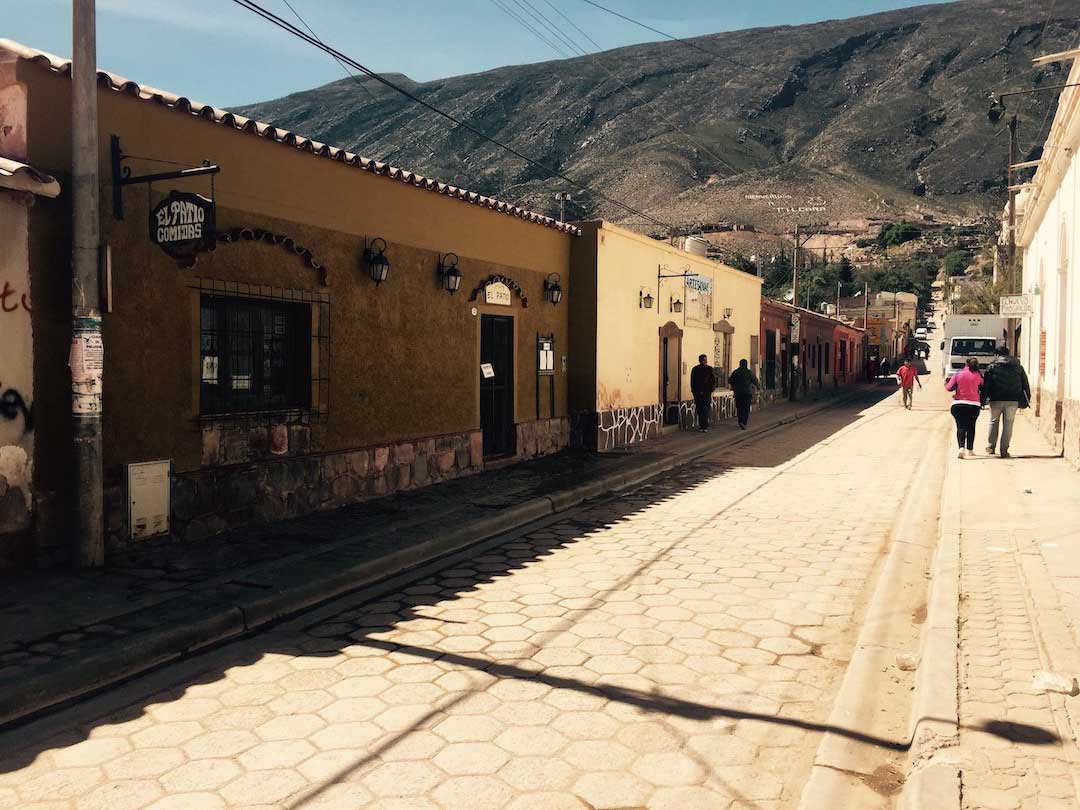
Tilcara
In the picturesque mountain valley of Quebrada de Humahuaca – a Unesco World Heritage site – lies the dusty and enchanting town of Tilcara. With traces of human habitation dating back more than 10,000 years, Tilcara is one of the oldest most continuously inhabited places in the country of Argentina. The town’s rich indigenous culture and the dramatic mountains that surround it make this little town a great visit.
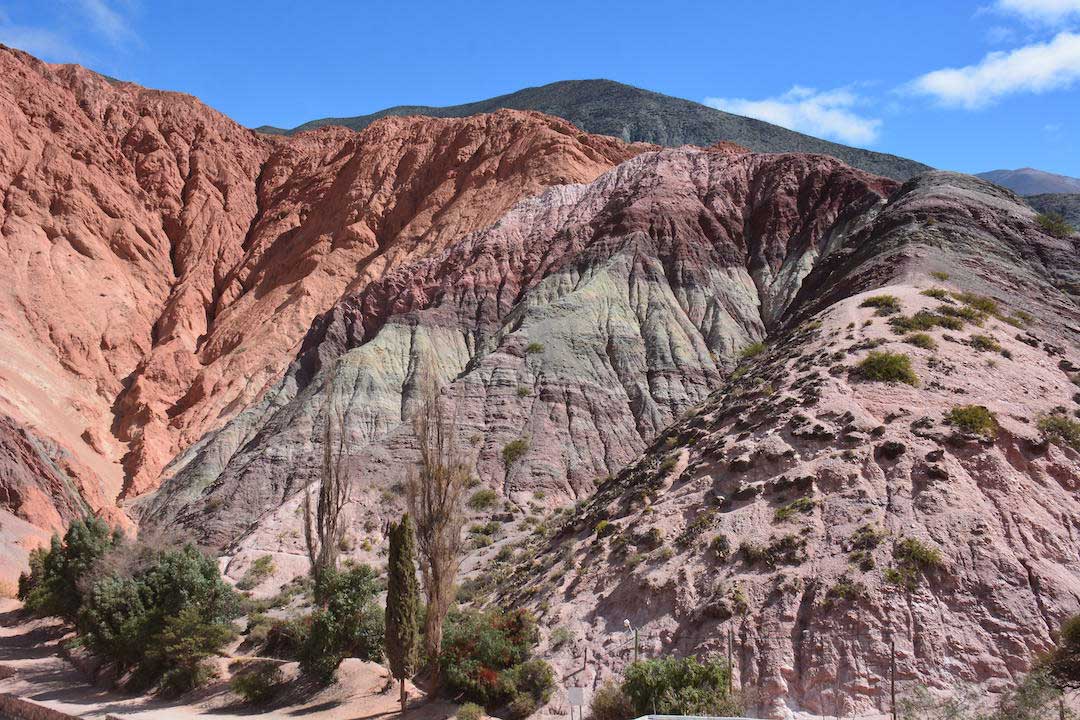
Purmamarca
Purmamarca, meaning “Town of the Virgin Land” in Aimara language, sits at the foot of the polychromatic “Cerro de Los Siete Colores” ( 7 Colors Hill). This beautiful site provides the village with a colorful landscape and backdrop that delights the senses of anyone who visiting this quaint little village. Purmamarca was founded in the XVII century, is of pre-hispanic origin, in the province of Jujuy.

San Lorenzo
San Lorenzo is a summer village settled only 10 kilometers away from the city Salta. It’s ideal for exploring on foot, riding a bike, going on quad excursions, or photographic safaris across the cloud forest. Apart from its ravine, the microclimate combines exuberant vegetation, fresh air, and clear waters. The village has well as its historical and natural heritage that visitors adore this area and others in the northwest.
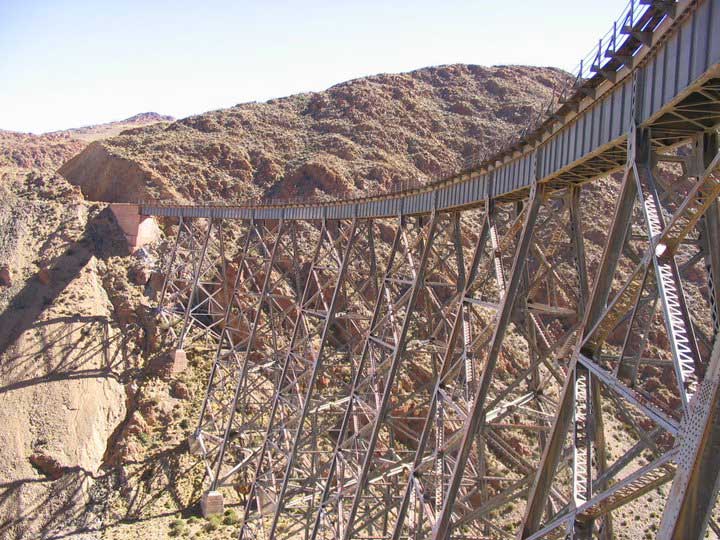
Train to the clouds
This is definitely Argentina’s most famous train adventure and one of the highest in the world. The train to the clouds provides a very comfortable method to explore the region with broad windows that allow you to enjoy the landscape along the way. The journey is quite comfortable and allows you to see the much more of area from the air conditioned cabin of your railcar – it’s hot out there!.
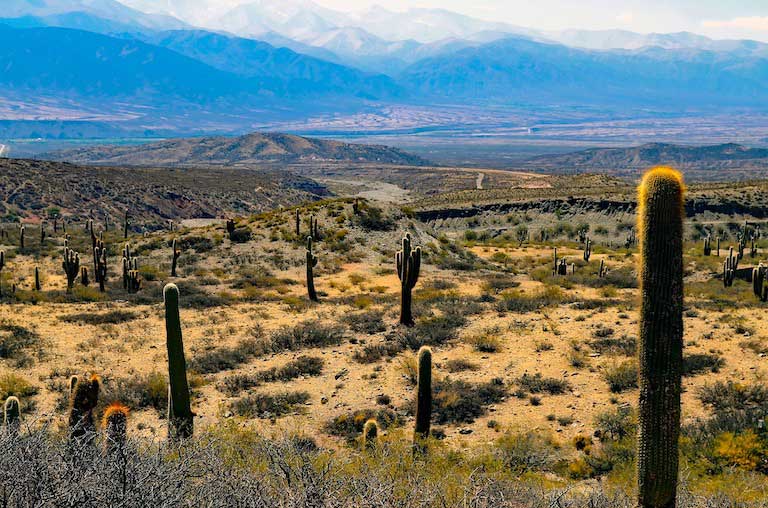
Los Cordones National Park
This national park protects the Argentine Monte Eco-region area, getting its name from the abundance of bush formations by the Cardón Grande Cactus. The region hosts an incredible amount of extinct animal fossil remains, as well as dinosaur tracks. The “Cardón” or thistle, the column-like cactus plant in areas above 3400 meters in altitude, is a symbolic species of this national park.

Seven Colored Mountain
destination map

| Title | Address | Description |
|---|---|---|
Buenos Aires | Buenos Aires, CABA, Argentina | Argentina’s cultured capital, is many people’s favorite city in Latin America. With its thriving arts and music scene, feisty Latin character, fascinating history and, stunning architecture; the city is filled with a rich past and an equally as captivating present…Read more… |
Patagonia Glacier National Park | Parque Nacional Los Glaciares, Santa Cruz, Argentina | This UNESCO World Heritage Site has some of the region’s most dramatic scenery. Embark on a boat trip passing shimmering icebergs or, hike across the mighty Perito Moreno Glacier in South America’s kingdom of ice and glaciers! Read more… |
Iguazu Falls (Puerto Iguazu) | Unnamed Road, Misiones, Argentina | Named one of the New 7 Wonders of the World, Iguazu hosts over 250 separate falls thundering down from heights of up to 269ft. (82m), a truly inspiring experience. These giant falls can be visited from both Argentina and Brazil, both offering their own unique perspective.Read more… |
Peninsula Valdes | Península Valdés, Chubut, Argentina | This area of Patagonia is haven for a whole host of marine wildlife and birdlife. Its sheltered bays offer a safe breeding and feeding ground for fascinating wildlife, including sea lions, elephant seals, penguins, dolphins and, most impressively of all, the giant Southern Right Whale.Read more… |
Ushuaia | Ushuaia, Tierra del Fuego, Argentina | The last point of civilization before the frozen stretches of Antarctica take hold, Ushuaia is an attractive and colorful coastal town at the end of the world. Be spoiled by its surrounding beautiful landscapes and the vast National Parks of Southern Patagonia. Read more… |
Mendoza | Mendoza, Capital, Mendoza, Argentina | This corner of the world is the perfect climate for wine growing, especially the Malbec grape. You won’t want to miss at least a few days visiting some speciality boutique vineyards, or more renown brands. There’s also plenty of adventure outdoor activities abound.Read more… |
Salta | Salta, Argentina | Salta’s attractive colonial architecture effortlessly lives up to its nickname, La Linda, meaning ‘the beautiful’ in Spanish. It’s without a doubt one of the most well-preserved colonial cities in Argentina and the perfect base to visit the rest of northwest highlights of Jujuy & Cafayate.Read more… |
Jujuy Province | San Salvador de Jujuy, Jujuy, Argentina | Jujuy Province (pronounced hu-hui) has some of the most stunning landscapes in all of Argentina. One day’s drive will take you through 400 year old cacti forests, beautifully preserved colonial villages, expansive salt flats and rocky mountain faces swirled with a rainbow of colors.Read more… |
Cafayate | Cafayate, Salta, Argentina | Home to the Torrontes vineyards, Cafayate is unique in its production of a refreshingly light white wine. This charming colonial town has a lovely laid-back and small-town feel with a pleasant central plaza where you can dine al fresco on regional specialties.Read more… |
Lake District & Bariloche | San Carlos de Bariloche, Río Negro, Argentina | Salta’s attractive colonial architecture effortlessly lives up to its nickname, La Linda, meaning ‘the beautiful’ in Spanish. It’s without a doubt one of the most well-preserved colonial cities in Argentina and the perfect base to visit the rest of northwest highlights of Jujuy & Cafayate.Read more… |
Depending on your client’s preferences, we can help you determine the best experiences tailored for your clients. From where to visit, when to go, what to do and how to get there safely, our travel experts will help you create an experience your clients will love.

Best times to visit Salta, Jujuy, & Cafayate
In the summer months Salta bakes under cloudless skies and an unforgiving sun, and though it can be visited in summer it is at its best in spring, fall and winter (around April to November) when temperatures are more agreeable. Whatever time of year you visit, make sure that you have plenty of sun cream and a wide-brimmed hat! Rainy season falls during the summer months of December to February with the rest of the year mostly dry. Wine enthusiasts should consider visiting in the months running up to harvest from around February to April.
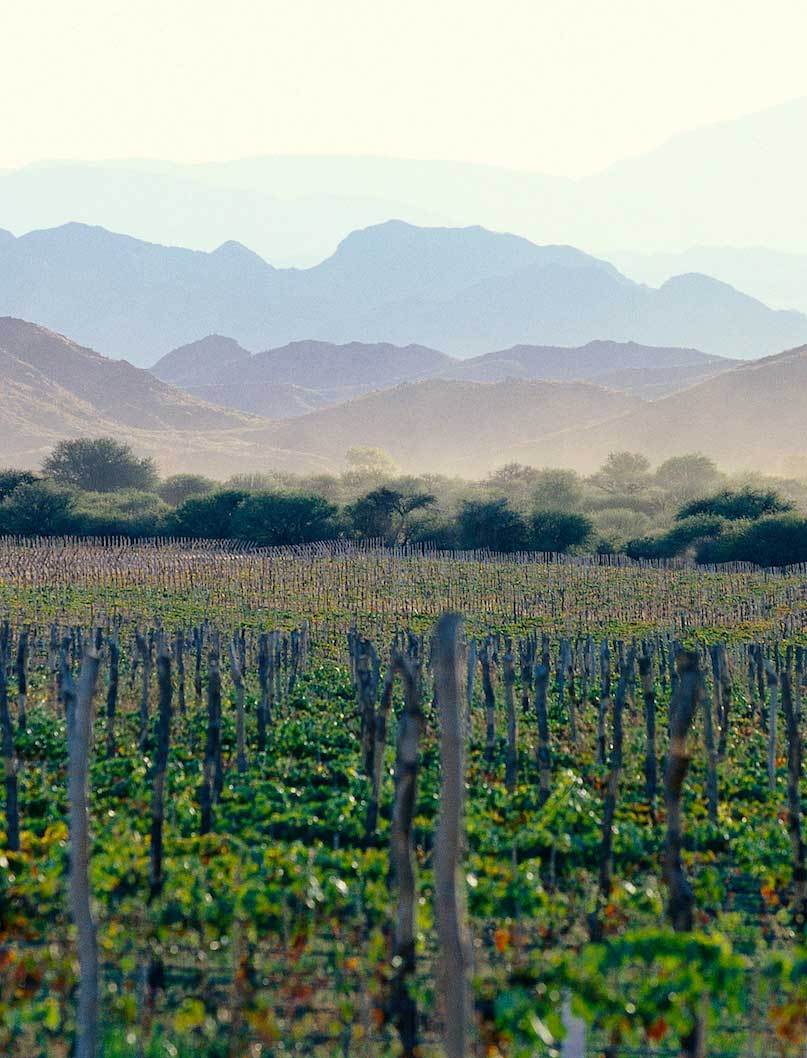
practical information
HOW TO GET THERE
Daily flights from Buenos Aires arrive at the Martín Miguel de Güemes Airport in the city of Salta and the Gobernador Horacio Guzmán airport in San Salvador de Jujuy.
Buses also reach the Northwest but keep in mind that the journey from Buenos Aires by bus takes almost 24 hours.
The best way to explore the North is by private transfer or renting your own car, there is just so much to see and do along each route.
Cafayate can be reached by road from Salta. The road from Salta to Cafayate is a highlight itself: the Calchaquí Valley Route, with its ‘out of this world’ rock formations that wind and water have slowly eroded after millions of years.
Tilcara, Purmamarca and Humahuaca can be reached by road from Salta. There are buses connecting the towns, but the best way is to have your own transportation.
GETTING AROUND
Visiting different sites around the city of Salta and San Salvador de Jujuy is possible by bus, though tours are probably the most comfortable way to move around, since distances are sometimes long and some spots are not covered by public transport.
Car rental outlets are available in both capital cities. You should take into account that not all the roads are paved.
WHERE TO STAY
Most of the standard hotels in Salta are four stars and under. However, there are new boutique hotels. In Salta we work mainly with charming boutique hotels and Posadas.
In Cafayate is is possible and highly recommendable to stay in one of the wine estates. Alternatively there are also small Bed&Breakfasts and Posadas. available.
Purmamarca, Humahuaca and Tilcara have mostly small scale hotels or posadas, built with Adobe (the traditional clay). the hotels are very charming and have a lot character. You will not fid any modern buildings in this region.

more highlights of argentina
With eight local offices in Latin America, we have the perfect base to help you build the perfect trip for your clients. Unrivaled experience with a wide selection of bed & breakfasts, small posadas, unique boutique hotels and world class luxurious lodging.
